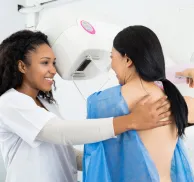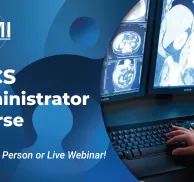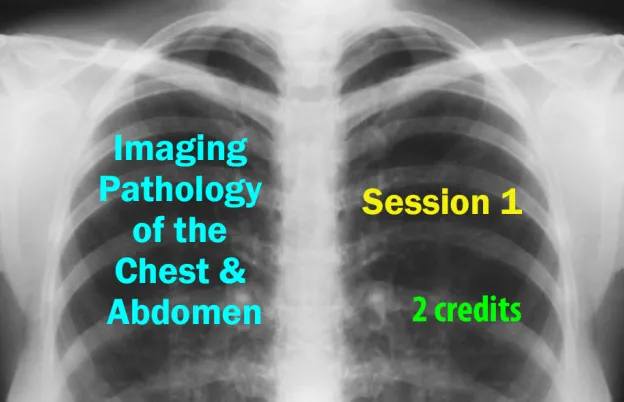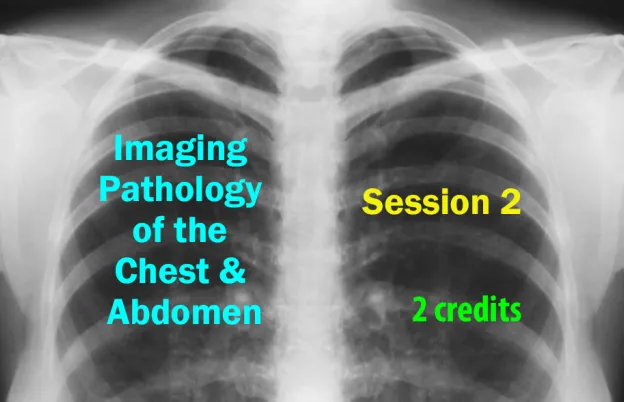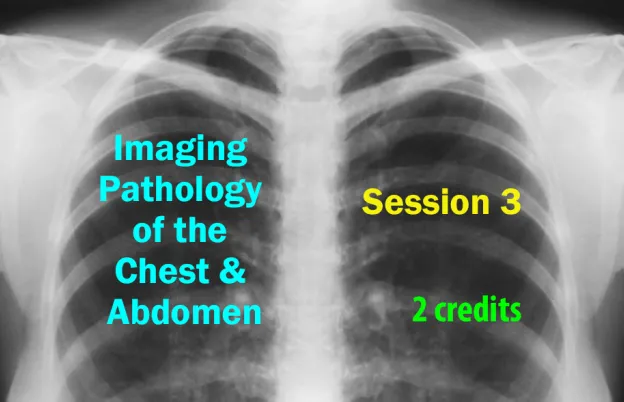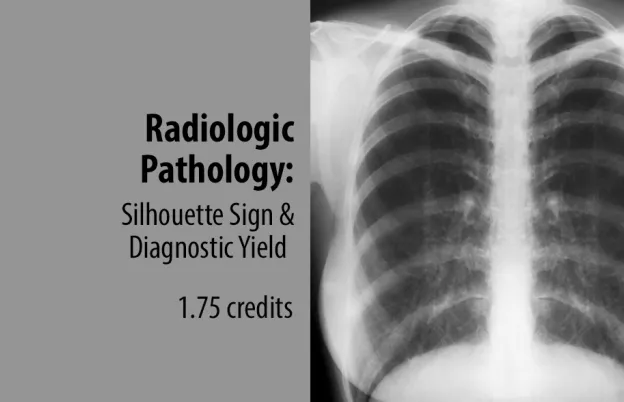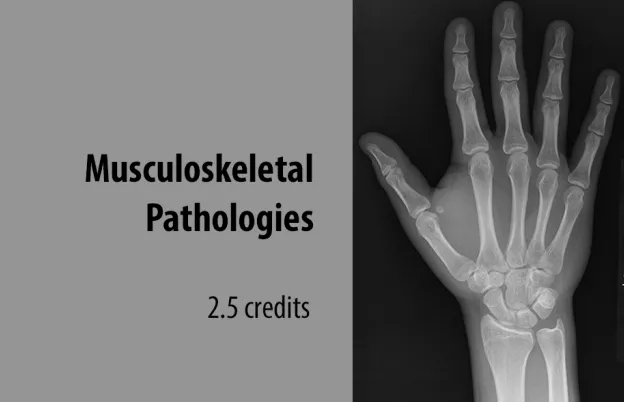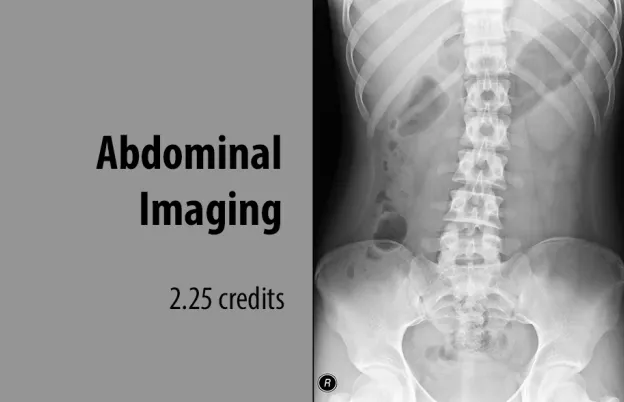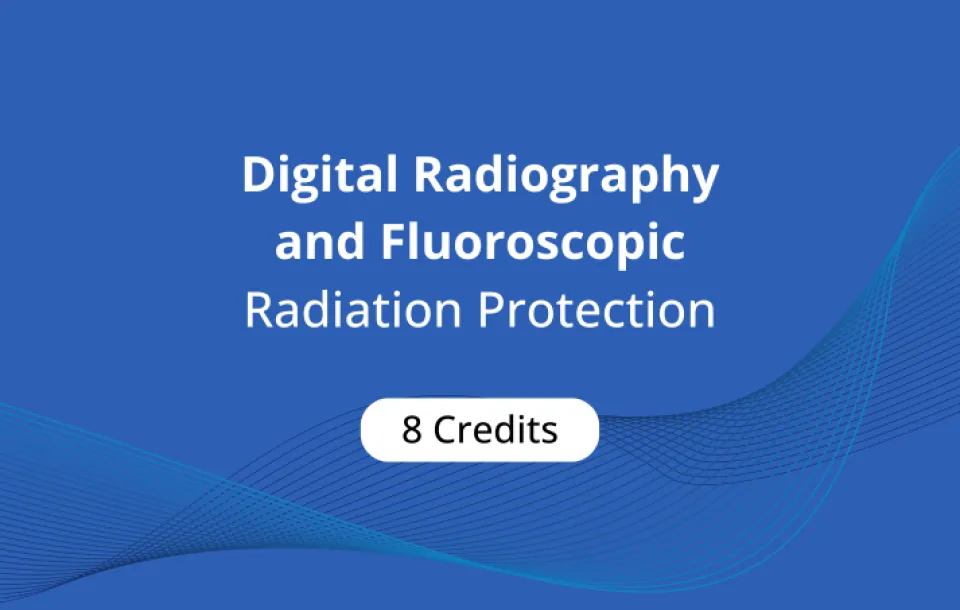
Digital Radiography and Fluoroscopic Radiation Protection On-Demand
Credits
- 8 ASRT Category A
About this Program
This is a great course to refresh and increase your digital radiography and fluoroscopic radiation protection skills. Most digital radiography seminars discuss only how the equipment works and the physics behind it. This On-Demand course is designed to give you, the technologist, a practical guide to use with your own CR, DR, C-Arm, and Fluoroscopy equipment. This course will also present you with universal problems and concerns with fluoroscopic radiation protection for the patient, yourself and others.
You will learn why you should be using 15-20 kVp higher and about 1/3 the mAs required for film/screen radiography. You will discover the use of the Exposure Index (EI) numbers and ranges in medical radiology throughout the webinar. We will be discussing the location of the least amount of scatter with a C-arm in the lateral position in the OR; the difference in scatter protection between .25mm, .375mm, and .50mm lead aprons; and the location of scatter in a fluoroscopy room when the patient is in the AP supine position.
ATTENTION CALIFORNIA CRTS
This radiation safety training webinar satisfies your CE requirements for:
- 4 of the 24 X-ray CEs in digital radiography (required for all CRTs)
- 4 of the 24 CEs in radiation safety for the clinical use of fluoroscopy (for fluoroscopy permit holders)
For more information on X-ray Continuing Education Credits (CEC), visit the California Department of Health website.
Agenda:
Digital Radiography & Radiation Basics
- Radiation review: natural radiation vs. man-made radiation
- Biological effects & radiation protection (Time, Distance, Shielding)
- Digital imaging overview: CR, DR, DX, Portable DR, CT, FFDM (Breast Imaging)
Digital Radiography - Image Quality & Best Practices
- Factors affecting image quality: kVp, mAs, dose optimization
- Optimizing Dose and Technique
- ASRT best practices for exposure techniques & charts
- Exposure index, noise, AEC cells, post-processing, legal considerations
- Radiation dose creep, annotations, markers, and algorithm errors
Fluoroscopic Radiation Protection & Safety
- Patient & occupational shielding: aprons, badges, scatter control
- ALARA principles & population exposure risks
- Radiology exam doses & fluoroscopy safety (C-arm, Cath Lab, Mini C-Arm)
- Staff positioning, lead aprons, inverse square law, dose minimization
Digital Technology & AI in Fluoroscopic Dose Reduction
- AI/Machine Learning for noise reduction & dose optimization
- Universal CR/DR technique charts, repeat/reject rates, best practices
Summary & Key Takeaways
- Higher kV, lower mAs, maximizing SID, proper collimation, shielding and more!
How it Works:
- The On Demand CE activity that you purchased will be located in your “My Account” section once you log into the MTMI Website.
- You have three attempts to pass each quiz.
- You must earn a score of 75% or higher.
- Credit is recorded the day you submit and pass the quiz and is determined using Central time.
- You have 30 days to complete and pass the quiz.
- Once passed, access your MTMI “My Account” to print your “Certificate of Completion.”
- This video expires 1 year after purchase date.
Educational Objectives
By the end of this Digital Radiography and Fluoroscopic Radiation Protection on-demand, attendees will be able to:
- Select appropriate technical factors to optimize acquiring a diagnostic image, consistent with ALARA
- Describe at least three different ways to critique a digital image
- Identify what is needed to use a technique charts for digital systems
- Explain why off-focus radiation shielding is so important for your patient
- Outline the legal implications of not marking images, post processing collimation, and changing algorithms
- Describe the areas of least radiation around the C-arm in the OR for a lateral hip
- Identify the type of lead apron that offers the best protection in fluoroscopy
- Give the location of scatter radiation for an AP patient using a fluoro room
- Discuss the AAPM statement for shielding patients and consider your own personal view
Program Faculty
Meet your presenter(s)

Ron Gilbert
MS, BSRS, RT(R), CIIP
PACS Engineer, Enterprise Imaging and Informatics
11 Hospital Locations
WellStar Healthcare System
Atlanta, GA
Credits
Accredited training programs
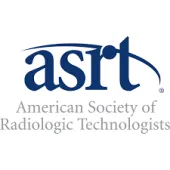
ASRT Category A
This program provides 8 hour(s) of Category A continuing education credit for radiologic technologists approved by ASRT and recognized by the ARRT® and various licensure states. Category A credit is also recognized for CE credit in Canada. You must attend the entire program to receive your certificate of completion.
